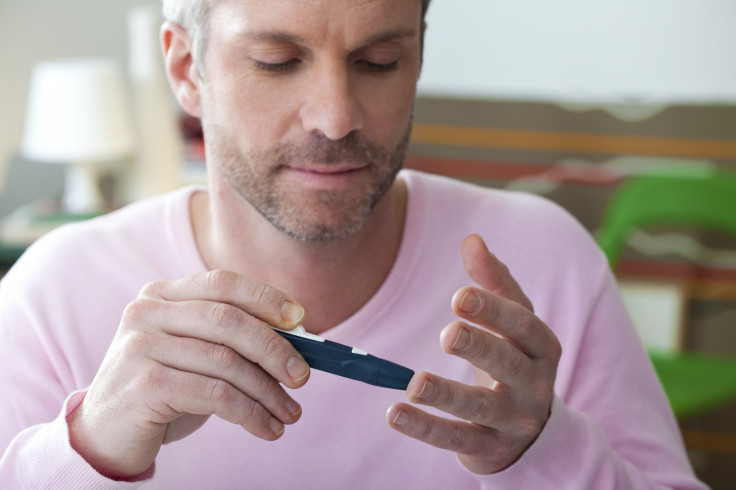Blood Pressure Drug Verapamil May Reverse Type 1 Diabetes; Human Trials To Begin Next Year

It’s really expensive for pharmaceutical companies to develop a single new drug. According to Forbes, it can cost anywhere from $1.3 billion to $5 billion. Because of this, it makes drug companies very happy when they discover one of their drugs can be used for other health conditions — after all, more people treated means more money in executive’s pockets. Well, a case like this was just discovered. Researchers from the University of Alabama, Birmingham, found that the common blood pressure drug verapamil completely reversed type 1 diabetes in mice, and they expect to test the drug on humans next year.
Type 1 diabetes is the less-common form of the disease, comprising only five percent of those diagnosed with diabetes, and mostly appearing in kids and young adults. Nevertheless, it’s just as serious. Patients’ bodies are unable to produce insulin, cells can’t get energy, and the blood is overcome with sugar. As its sugar levels increase, the researchers found, so do levels of a protein called TXNIP. It turns out that this protein also kills the insulin-producing cells in the pancreas known as beta cells — the higher their levels, the more beta cells are killed. Thus, diabetes progresses.
This is where verapamil comes in. The drug is normally used to treat blood pressure and irregular heartbeats by relaxing blood vessels and increasing blood and oxygen to the heart, but it has also been found to reduce levels of TXNIP in beta cells. In doing so, insulin production can restart, and diabetes reverses. “We… know that treatment definitely creates an environment where beta cells are allowed to survive, and their survival is a major factor in potentially improving insulin production, so our hope is that we’ll see a similar effect in type 1 diabetes patients to what we have seen in our mice models,” the study’s lead researcher Dr. Anath Shalev said in a live newscast, according to Medscape.
Shalev’s team first discovered TXNIP years ago. At the time, they found that it was present when glucose levels were high, a condition also known as hyperglycemia. Looking at this correlation, they set out to determine if that was in fact the case, and if there was a drug that could treat it. So, they tested whether mice with TXNIP deleted from their genomes could develop diabetes (they didn’t), and subsequently discovered that verapamil, a calcium-channel blocker, deprived TXNIP of the calcium it needed to become functional.
Now, the researchers are looking to begin a year-long trial on humans. During that time, 52 participants aged 19 to 45 will undergo treatment with either verapamil or a placebo, while also using their insulin pumps. If the heart drug proves effective, it would be a breakthrough in diabetes science, and not only for people with type 1.
“Currently, we can prescribe external insulin and other medications to lower blood sugar; but we have no way to stop the destruction of beta cells, and the disease continues to get worse,” said Dr. Fernando Ovalle, director of the university’s Comprehensive Diabetes Clinic, in a press release. “If verapamil works in humans, it would be a truly revolutionary development in a disease affecting more people each year to the tune of billions of dollars annually.”



























